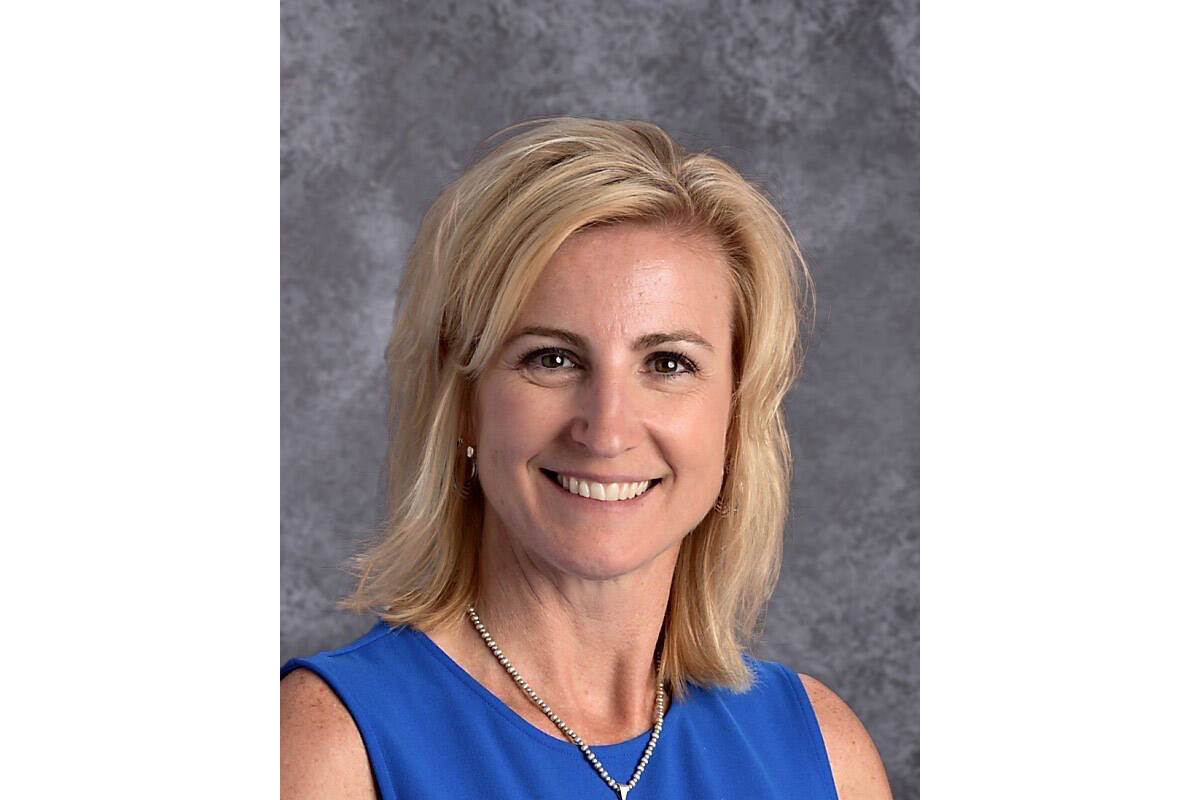As the newly appointed commissioner for the Department of Education and Early Development (DEED), I am honored to serve the people of Alaska, particularly our youth, as well as our educators and essential state workers at DEED. My unwavering commitment to public education stems from its transformative power in shaping intelligent problem solvers, responsible citizens, and diligent individuals.
Since assuming my role, I have engaged in numerous interviews and fielded many questions. Some have asked about my perceived shift in perspective regarding the base student allocation (BSA) following the release of the education budget. I have always advocated for investing in public schools, but while many advocate for a simple increase in the BSA, I endorse a strategic investment approach.
The existing BSA formula uses multipliers to allocate funds to educational priorities. For example, a special needs factor directs additional funds towards gifted education, special education, English language learners, and career and technical education. However, funding through the BSA does not ensure that money gets directly into the classroom to support better academic achievement.
I believe that we can improve student learning with strategic funding that supports teachers and high-quality instruction. This approach finds support in an analysis by the Institute of Social and Economic Research (ISER), presented by Dr. Dayna DeFeo on Jan. 9. In summary, the recommendation is “a shift in our focus from how much we spend to what we buy with our dollars.” Additionally, a recently released report by Picus Odden, titled “An Evidence-Based Approach to the Basic Student Allocation in Alaska,” identified specific school improvement strategies that lead to improved student performance.
Gov. Mike Dunleavy has taken steps in this direction by prioritizing teacher recruitment and retention through House Bill 106, which would be a study on how additional payments to teachers impact recruitment and retention. The payment amounts range from $5,000 to $15,000 annually based on geographic areas and needs. This approach is grounded in a comprehensive study and a statewide survey on Teacher Retention and Recruitment completed in August of 2023. It is essential to note that this initiative concentrates on the vital individuals closest to our students — classroom teachers.
As commissioner, my stance is clear: Investments in education should be directed to areas that generate the best outcomes and prepare students for a successful future. To do this, we should support the foundation of learning with specific financial investments, such as funding implementation of the Alaska Reads Act and funding initiatives that connect students to their career interests and our state’s workforce needs.
Addressing broader challenges that impact school districts, such as energy and health care costs, is also crucial. We should take a prudent approach to funding that ensures our investments in education result in the best outcomes for students, parents and teachers. It is imperative that we focus our time and money on preparing students for success after high school.
Alaska can invest in education; we can focus on student learning outcomes, and we can attract and hire the best teachers. As commissioner, I choose to look to the future, have conversations with education stakeholders, and advocate for education funding that results in the improved student performance Alaskans want to see.
Deena M. Bishop, Ed. D is commissioner for the Department of Education and Early Development.

